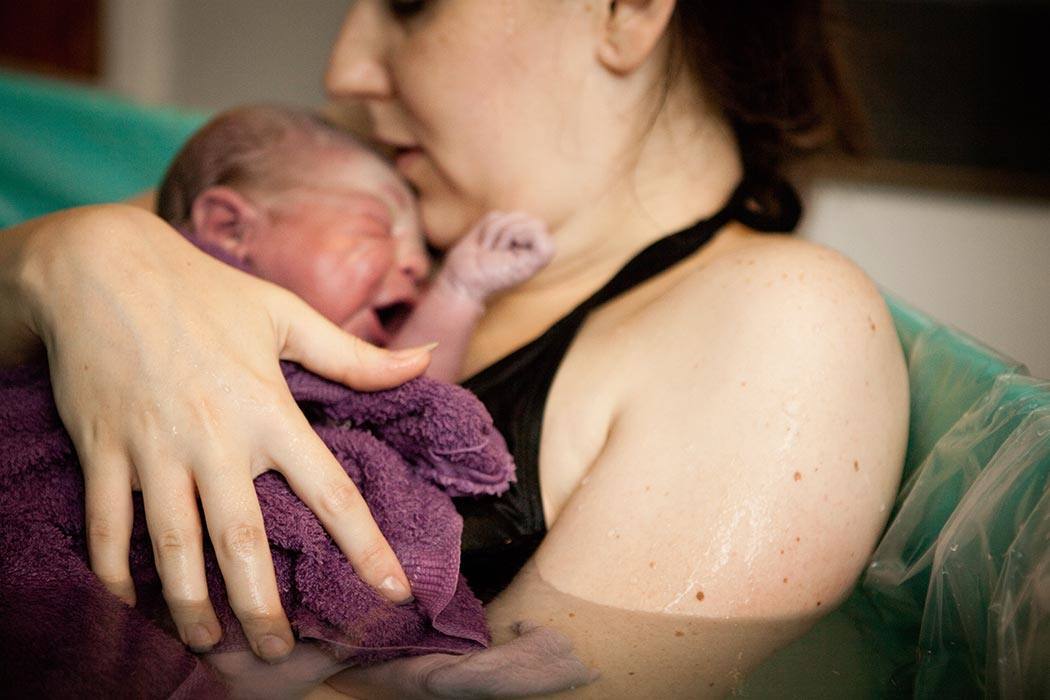Despite being riskier than hospital births, home births are becoming more popular. Having a baby at home helps new mothers avoid medical interventions that are common in hospitals.
Way back in 1955, doctors and the public were beginning to question the sort of “scientific” hospital births common at the time. Procedures included heavily medicating new mothers, formula feeding, and the temporary separation of mother and child. Writing that year, Edith Jackson, a clinical professor at the Yale University School of Medicine, told the story.
Jackson wrote that labor had changed dramatically in the six decades since the 1890s. Back then, most mothers gave birth at home, with the help of a family doctor or midwife and with little or no anesthesia. Wealthy families would hire a nurse to care for the mother and child for a month following delivery. Breastfeeding was the norm. Childbirth was also very dangerous, with high levels of both maternal and infant mortality.
Quoting reports from an early maternity ward in the Boston Lying-in Hospital, Jackson observed that the ward was created for “outcast” women, who might otherwise “commit suicide or infanticide or desert their children.” After closing for financial reasons, the hospital reopened in 1873 with a plan to expand admittance to “respectable” mothers as well. The idea was that middle-class families would pay for care at the hospital, and that it would be less expensive than home confinement.
As more affluent women began giving hospital births, obstetricians and nurses started keeping the infants in nurseries. They would only be brought to their mothers for breastfeeding. This was partly to keep the maternity wards neat and quiet, and partly to protect the babies from infectious disease. But before long, researchers concluded that infants could thrive on cow’s milk mixtures, and nurses often took over feedings as well.
Medical advances developed during the first World War allowed doctors and nurses to fight the spread of disease and measure infants’ calorie intake. Soon, Jackson wrote, “physicians began to feel greater security for the welfare of their maternity patients in the regulated hospital environment.”
By talking with residents of her hometown, Jackson learned that the promise of a “twilight sleep” anesthetic drew many women to consider hospital births around 1915. By 1920, she wrote, “if a mother wanted to have her baby at home, she had to insist on her right for this.” And by 1930, “mothers all over the country, especially urban ones, found that insistence was no longer of any avail.” Doctors simply demanded that they accept hospital deliveries, which were understood to be the safer option.
Some mothers immediately pushed back against fixed feeding schedules and hospital policies that kept formula-fed babies away from their mothers for the entirety of the stay. Child psychologists and other experts supported them, leading to the “idea of humanizing hospital care,” which Jackson identified as a “new trend” in her time. Medical professionals, including Jackson herself, began offering mothers the option of giving birth without medication and to have their babies “room in” with them at the hospital.
Sixty years after her time, we’re still struggling to find the right balance.







